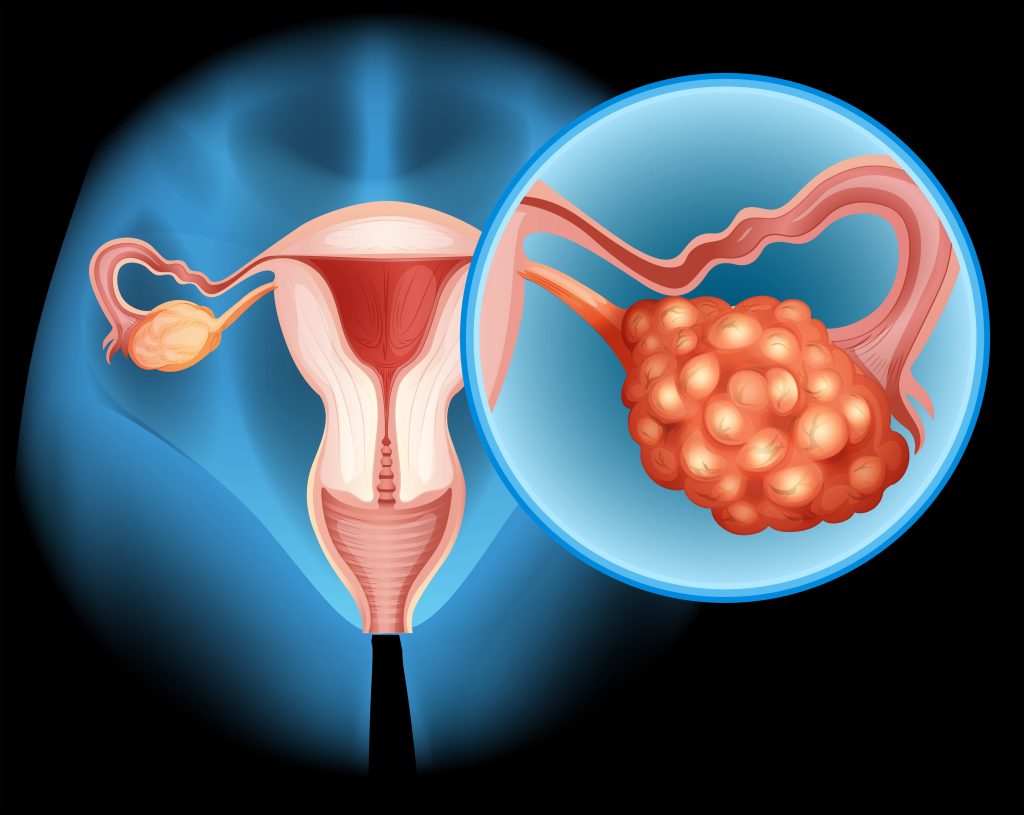
What to Expect From an Ovarian Cyst Treatment?
Treating your ovarian cysts depends on their size, type, location, symptoms, and whether you’ve gone through menopause.
There are various ways to treat ovarian cysts, including “watchful waiting,” contraceptive pills, and surgery.

Watchful Waiting
If your cyst is small and not causing any problems or discomfort, your doctor may recommend a “watchful waiting” approach. It means keeping an eye on the cyst without immediate treatment. In such cases, you might need an ultrasound scan every three months to track any changes in the cyst.
In many instances, ovarian cysts remain the same size, shrink, or disappear themselves, so no treatment is typically needed. This approach helps avoid unnecessary treatment when it’s not required.
Contraceptive Pills
The doctor may prescribe oral contraceptive pills for women to deal with recurrent ovarian cysts. These pills prevent ovulation and the formation of new cysts.
Surgery for Ovarian Cysts
If your cyst is large, persistent, causing discomfort or pain, or appears potentially cancerous, your doctor might recommend surgery to remove the cyst or, in some cases, the entire ovary. There are two surgery types to remove ovarian cysts: laparoscopy and laparotomy. Most often, laparoscopic keyhole surgery is performed.
Laparoscopy
Most ovarian cysts can be removed through keyhole surgery, which involves making three or four small (5-10mm) incisions on the abdominal wall. Carbon dioxide gas is used to expand the pelvis, providing the surgeon access to the ovaries. A laparoscope (camera) and specialised surgical instruments are then inserted to remove the cyst while preserving healthy ovarian tissue. The cyst is placed in a plastic bag, decompressed, and removed without spillage. Minimally invasive keyhole surgery eliminates the need for a large incision and offers shorter hospital stays, quicker recovery, and a faster return to regular activities.
Laparotomy
A laparotomy may be necessary for large cysts or when there’s a high suspicion of cancer. During a laparotomy, a single large incision is made in the abdomen, allowing the surgeon easy access to the cyst. The entire cyst or, in some cases, the ovary, is removed and sent to a lab for cancer testing.
Laparotomy is a less preferred option, as it is more invasive and often requires a hospital stay.
FAQs
Not all ovarian cysts require removal. Functional (follicular) cysts often resolve on their own. Surgery may be necessary for persistent cysts or when symptoms are present. If there is a suspicion of cancer, urgent surgery is required for diagnosis and treatment.
Whether the surgery involves removing only the cyst or the entire ovary depends on your age and what the procedure reveals. In cases of suspected malignancy, the ovary should be removed to prevent rupture and spillage of cyst contents. In all other cases, only the cyst will be removed.
You may not always prevent ovarian cysts, but taking contraceptive pills can reduce the risk of cyst formation to some extent.
If you don’t develop any symptoms after ovarian cyst removal, you won’t need further tests. If you’re concerned about recurrent cysts, consider undergoing yearly pelvic ultrasound scans.
You May Also Like
HYAcorp offers a quick and safe way to enhance your body without stitches, leaving behind scars, or downtime ...
Pelvic discomfort is an issue that can affect women of all ages. Understanding the root causes behind this discomfort is ...
In a bustling metropolis like London, where beauty and elegance are cherished, aesthetic perfection is an art form ...








